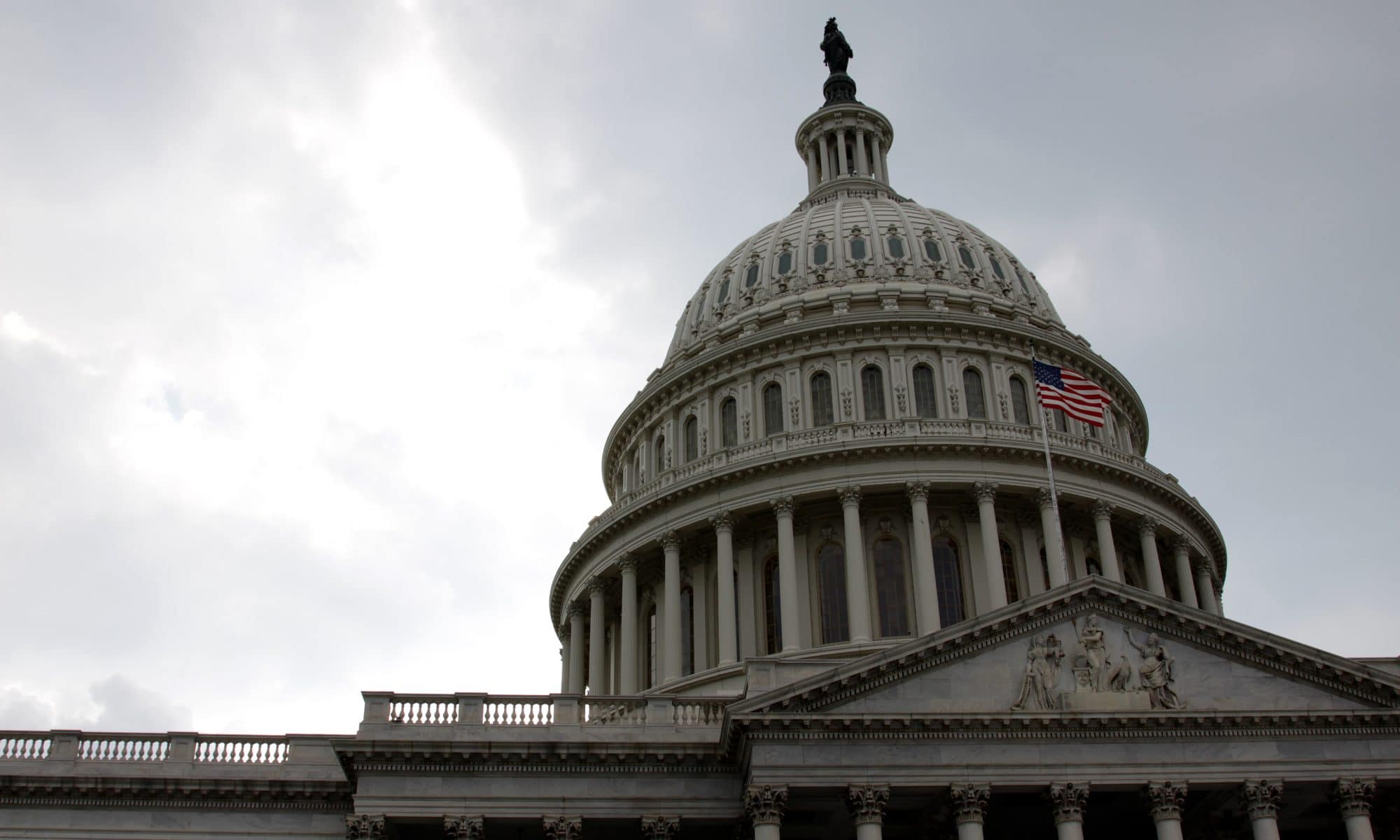In midterm elections, the political party in office usually hits some headwinds while its opposition gains some ground. But whether the Republican party retains control or the Democrats can take it away — in either the Senate or the House — will play out on Tuesday as Americans head to their local polling stations and vote.
Early predictions by analysts are that a lot of races will be tight, particularly in the U.S. House of Representatives, according to David Wasserman, house editor for the Cook Political Report.
“Republicans have a lot of exposure in the House, and we see Democrats taking control,” Wasserman told Agri-Talk Host, Chip Flory, on Monday.
But Wasserman says a Wall Street Journal survey shows that the Republicans have done a good job in the past month, slowing the momentum that Democrats had built.
“It seems like some of the Democrats’ momentum has faded, and that the Kavanaugh appointment and the migrant caravan have done more to galvanize the Trump base than the tariffs and taxes, even,” Wasserman says.
Democrats, who have been the House minority party since 2010, would need to flip 23 Republican seats while keeping the 194 seats they currently hold to take control of the House. Wasserman says three things could help them do that:
“The primary factor that will decide House control is middle-income suburbia where Trump won by single digits in 2016,” he says. “Places like Payne County, Ill., parts of Des Moines, Iowa, and the suburbs of Kansas City will be important.”
The second factor is what he describes as low-hanging fruit for the Democrats. “They must win the upscale, ‘Whole Foods’ suburban districts. This is an elite electorate that questions their identity with Trump,” he says. “Democrats could pick up a dozen seats there—more than half of what they need to have a majority.”
Then there’s what Wasserman describes as Trump’s “third zones,” pockets of geography where he performed well in 2016. These areas could be vulnerable and include parts of the iron range of Minnesota, downstate Illinois, northern Maine and parts of upstate New York. However, Wasserman says the Republicans have done a good job of staying on their feet in these areas during the past month and they will play a lesser role in the election outcome tomorrow.
If Republicans have any hopes of holding onto their control of the House, Wasserman says they have to pick up several democratic seats—like those in southern Minnesota and Nevada—and they also need the vast majority of close races to break their way. “It’s not impossible but it’ll be very difficult,” Wasserman says.
